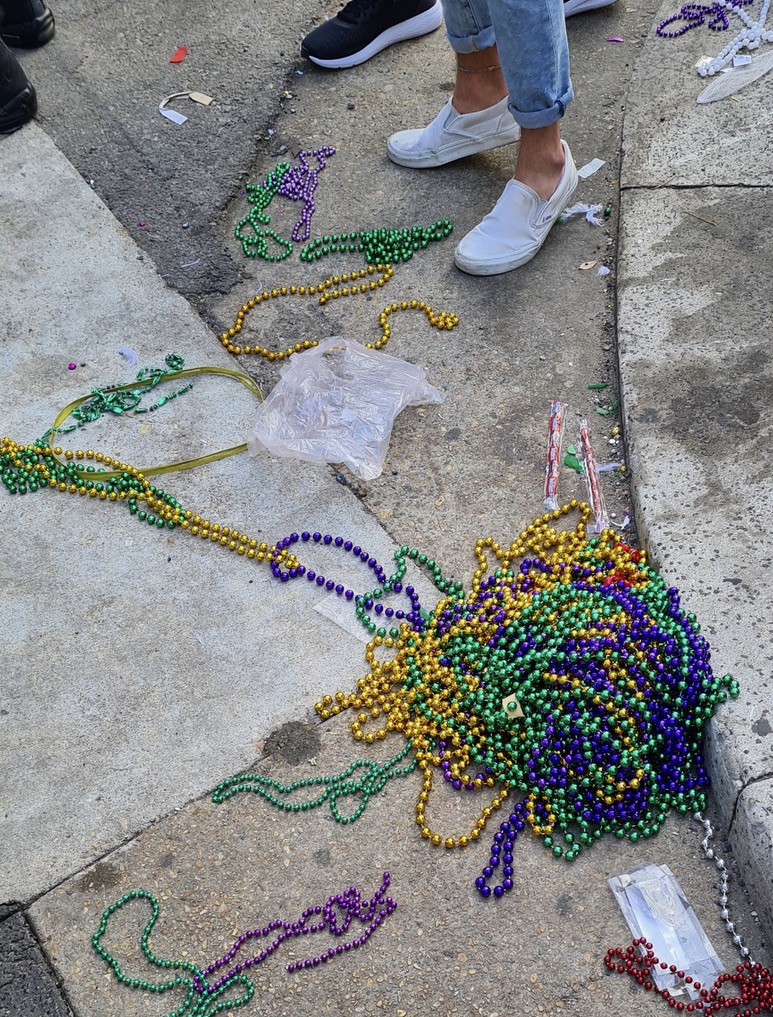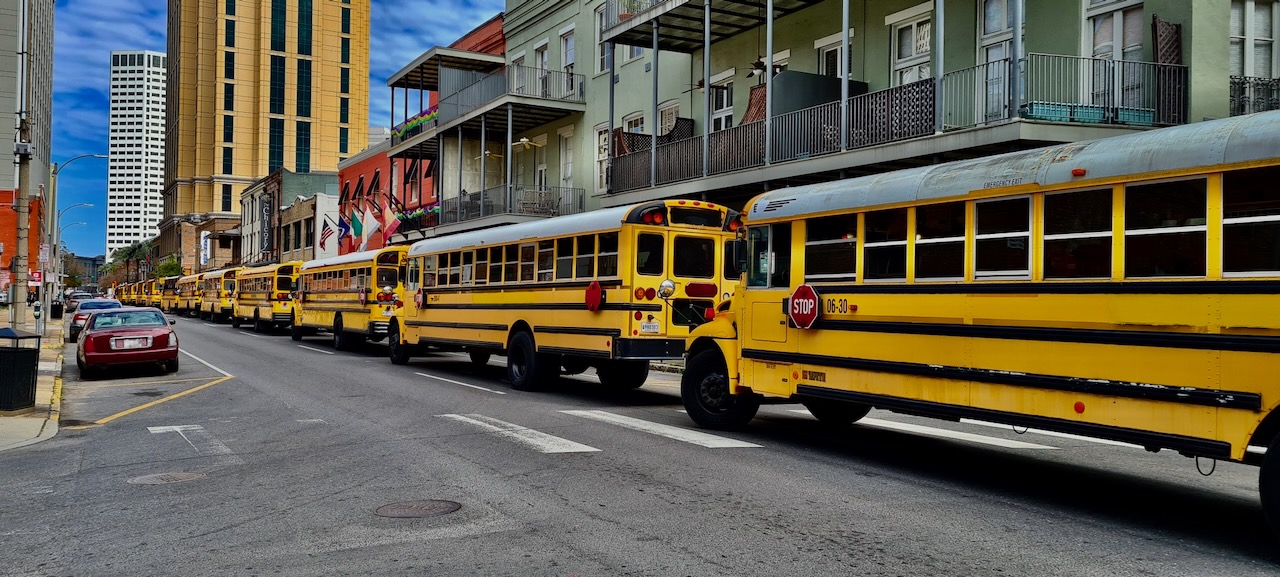Preparing to travel internationally for the first time in two years, in a global pandemic, has been an anxious time. I have been concerned both about a last minute COVID-19 infection scuppering the best laid plans of this research trip (some 12 months in the planning and execution), and about catching the virus while abroad. The former manifested in self-imposed isolation in advance of the trip. The latter continues to guide how it feels to be in another country, at a busy time in the Crescent City.
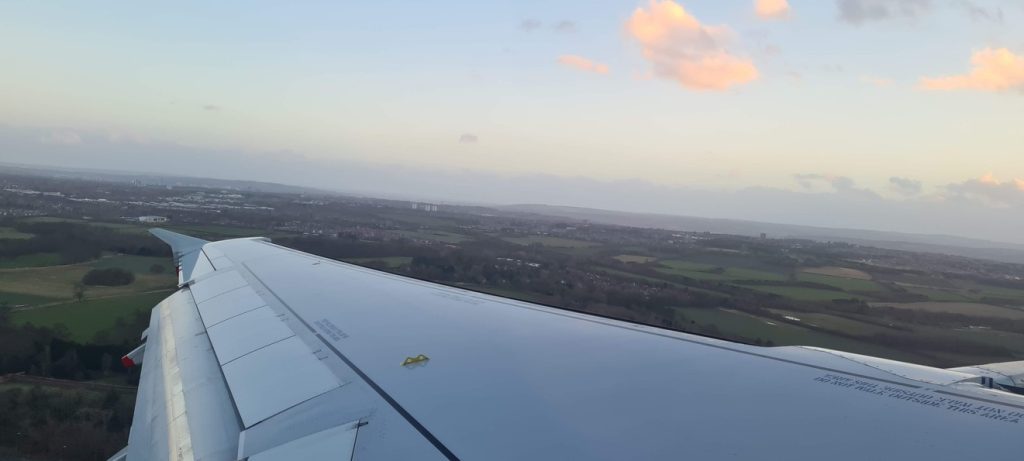
Reflecting on the historical development of airport buildings and importance of architectural design to the embodied experience of travel, geographer Peter Adey argues that historically airports offered means of building and experiencing civic and national identities. He suggests that they held a role beyond their travel function:
Airports were places to not only travel through but places to travel to and, importantly, view from… It is vital, therefore, that the contemporary fascination with such sites should not release the airport terminal from its historical role as builder and purveyor of interest and identity (2008: 44)
I like airports. I have always been struck by the strangely out-of-time experience of them, the potential of the journey ahead, the excitement of travel. This is not to ignore the climate emergency and the problematic role air travel plays in this. And so, arriving at Newcastle International Airport I am struck by the familiarity of the experience: the mundanity of processes and practices of the place, and the way that transitioning through the liminal space of the airport seems ‘in’ my body. The process is like picking up a highly practiced hobby after a long break: I am rusty, but it comes back swiftly.
The mundanity of the experience and the ease with which I slipped into the practices of the space – belt removing, coin searching, laptop placing, arm lifting, belonging scooping, screen scanning – served to alleviate the anxiety of the build-up. (The negative lateral flow test that enabled me to engage in the practice of airport transition may have helped too, of course). I found a near empty bar, bought a beer, sat by a window overlooking the airport apron and turned to my laptop to work.
After an hour or so, I glanced up and spotted a bight dot on the horizon. As the plane approached the runway, its wings see-sawed quite violently but the plane landed safely, and I thought little of it. My wife messaged shortly thereafter: “So windy”. I boarded the flight and buckled in; as we taxied for take-off the captain mentioned it was a bit blustery so there may be some turbulence but, in the end, take-off was uneventful and the flight smooth.
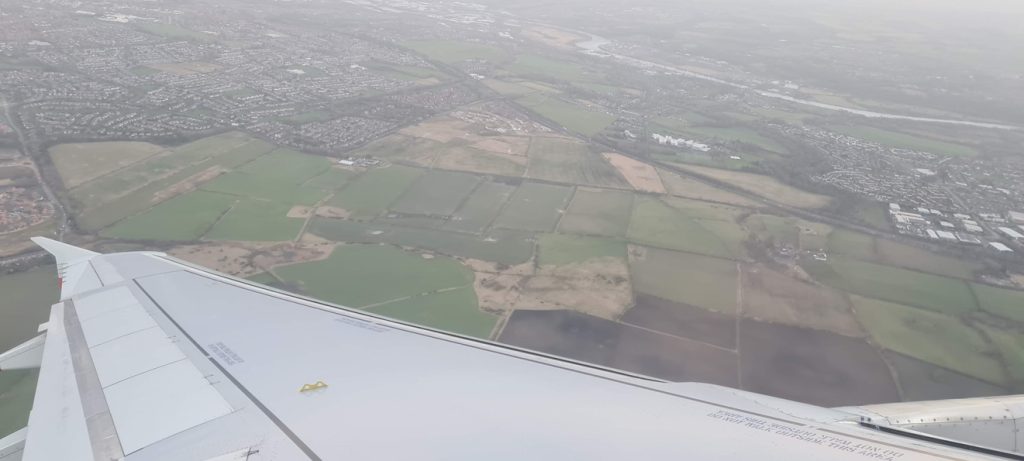
Cutting through the clouds as we came in to land, the mood on the flight changed a little as the clouds darkened and the plane began to be buffeted by the wind. The wheels came down and we approached for landing; the plane was see-sawing and being pushed around. Maybe 15 feet from the tarmac a gust hit the plane and suddenly we were pushed back into the seats, the pilots making the engines roar as we accelerated hard and lifted in a steep climb away from Heathrow.
A sharp bank to the left felt as though the wings were almost vertical (they weren’t, of course) and the turn was prolonged; there was complete silence for a few minutes until the captain’s calm announcement: ‘Sorry about that Ladies and Gentlemen, we got hit by a pretty big gust as we came in to land there and so performed what we call a “missed approach”. We’ll come around now and try again…’
I realise how tightly I have been holding the seat in front of me. This was not so much ‘in my body,’ though the experience of it was powerfully embodied: I braced muscles, uncrossed my legs, planted my feet on the floor, pressed my back into the seat, gripped the seat in front of me. The ‘fight’ between the embodied experience and the desire to hold on to the logic of flying as safe and trust in the pilots’ skill was pronounced, particularly when coming in to land the second time.
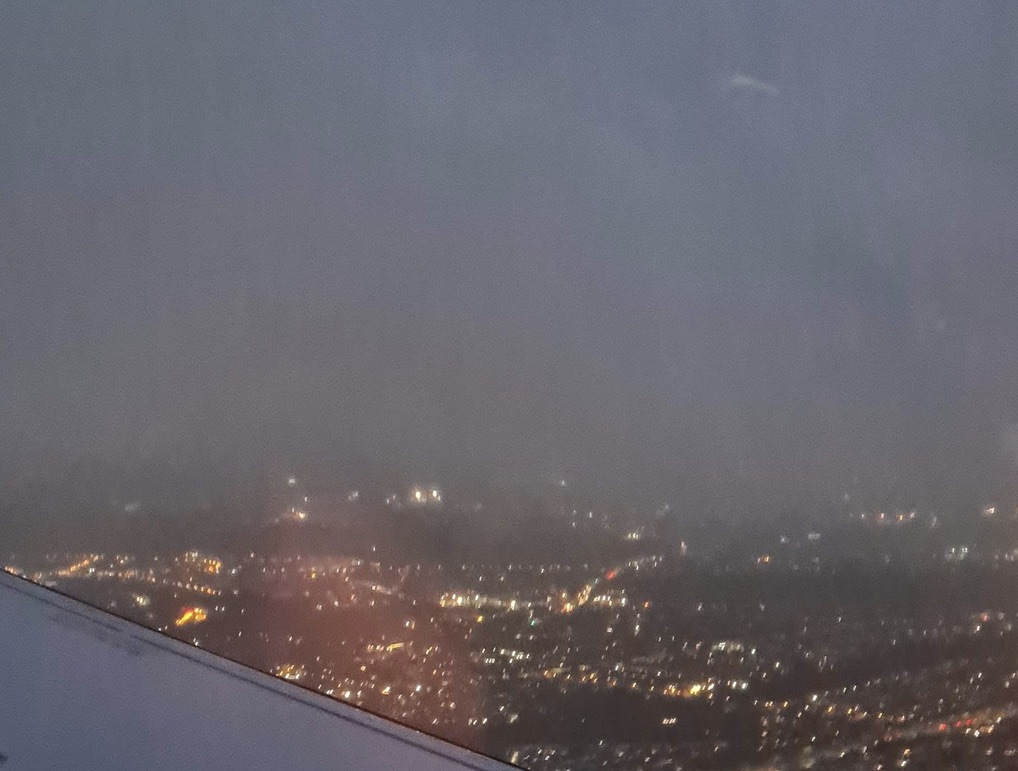
The missed approach reminds me how strange it is to be travelling again after more than two years of pandemic restrictions; it asks questions about risk and research travel. It is all too easy to look at research fieldwork in New Orleans, the ‘Big Easy,’ the ‘Birthplace of Jazz’, and think of fun, frivolity, and hedonism. As the Beyond Borboun Street podcast recognises, the importance of tourism to this city means that it is forever at risk of being defined through a particular set of restricted and reductive practices and understanding.
However, Adey’s argument that airports hold a bigger function than might be first apparent makes me thing about how this is a city that can reveal new understandings of performance and resilience. We have known this since before our first PCR visit in 2018, but Covid-19 and Hurrican Ida have again raised the prospect that New Orleans’ performance cultures afford ways of thinking about place and crisis that can impact understandings internationally.
Nevertheless, the jet-lagged early mornings (even on day 4 as I get set to publish this blog), asks questions of what the embodied experience of travel might reveal about ways of thinking and being in a place, far from home and catapulted there as such speeds that the body cannot really process it. This then might ask us to be particularly attentive to how we balance the positive impact of our work (we know, for instance, that our research influenced Covid-19 responses in the city) against the pressure is places on our families and on the planet.
